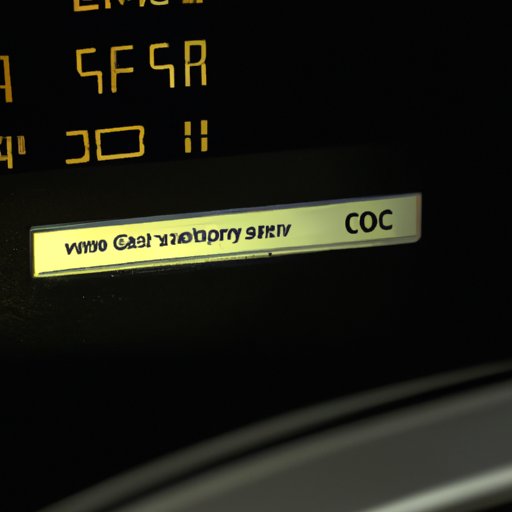
How to Turn Off Check Engine Light: A Comprehensive Guide
The Check Engine Light (CEL) is a warning signal that appears on the dashboard of your vehicle when something is wrong with the engine or the emissions control system. Ignoring this warning can lead to costly repairs and lower fuel economy. This article provides a detailed guide on how to turn off the Check Engine Light, understand error codes, troubleshoot further issues, and prevent the light from coming back on.
Reasons for the Check Engine Light
The CEL can be triggered by a variety of issues such as a faulty oxygen sensor, malfunctioning catalytic converter, or a loose gas cap. Some other causes include a damaged spark plug, a failing mass airflow sensor, or a malfunctioning ignition coil. It could also be due to a worn-out battery, a damaged alternator, or a damaged powertrain control module (PCM).
Understanding Error Codes
Modern vehicles are equipped with onboard diagnostics (OBD) scanners that can help detect and store codes related to engine malfunctions. These codes can be read using a code reader or scanner. There are two types of OBD scanners – OBD1 and OBD2. OBD1 scanners are designed for older vehicles while OBD2 scanners can be used with most vehicles manufactured after 1996. Reading error codes is essential in troubleshooting issues and turning off the CEL.
Resetting the Check Engine Light
There are several methods for resetting the CEL. The first method involves disconnecting the battery for about 30 minutes. The second method involves using a code reader to clear the codes. The third and the most practical method is to drive the vehicle for a few trips until the system self-checks and verifies that the repairs have fixed the problem.
Vehicle Maintenance Tips to Prevent Check Engine Light
Regular maintenance, such as oil changes, timely air filter replacements, and scheduled tune-ups, can help prevent engine malfunctions. Monitoring the quality of fuel, checking for loose gas caps, and inspecting the condition of spark plugs can also help maintain your vehicle’s overall health. Other tips include avoiding aggressive driving, keeping the vehicle’s weight under control, and avoiding unnecessary idling.
Troubleshooting and Further Steps
If the CEL comes back on, troubleshoot the issue by reading the error codes using a scanner and inspecting the vehicle’s systems. Checking for any leaks or damages to the air intake, fuel system, and exhaust system can help diagnose the real issue. Seeking professional help from a certified technician is also recommended if the problem persists after several attempts at turning off the CEL.
Common Misunderstandings Associated with the Check Engine Light
There are some common misunderstandings associated with the CEL. One of the common ones is that the light indicates that it’s time for an oil change. This is not always the case as the light may come on due to engine malfunctions. Another common misunderstanding is that it’s okay to ignore the light if the vehicle is running smoothly. This could lead to expensive repairs and lower fuel economy in the long run.
Conclusion
Understanding the reason for the Check Engine Light and knowing how to turn it off is crucial in maintaining your vehicle’s health. Regular maintenance, checking for error codes, and troubleshooting issues are all part of being a responsible car owner. The purpose of this article is to help you understand the significance of the CEL, educate you on how to turn it off, and provide you with tips to prevent it from coming back on.




